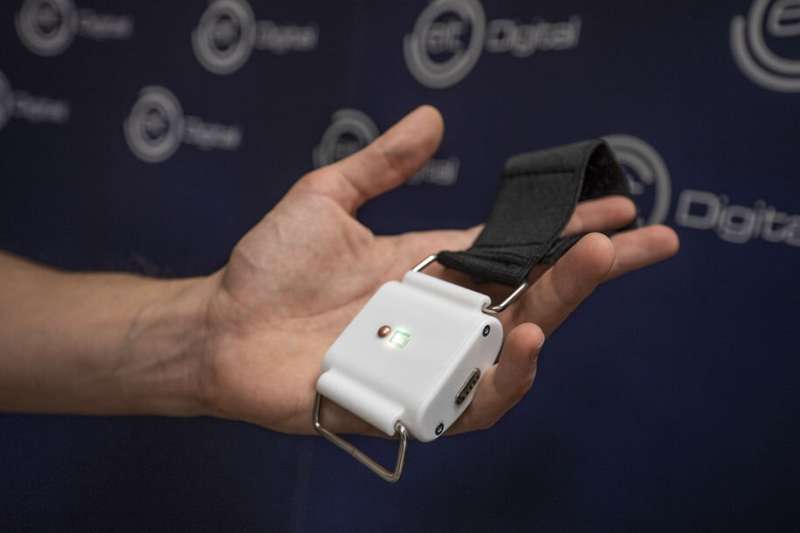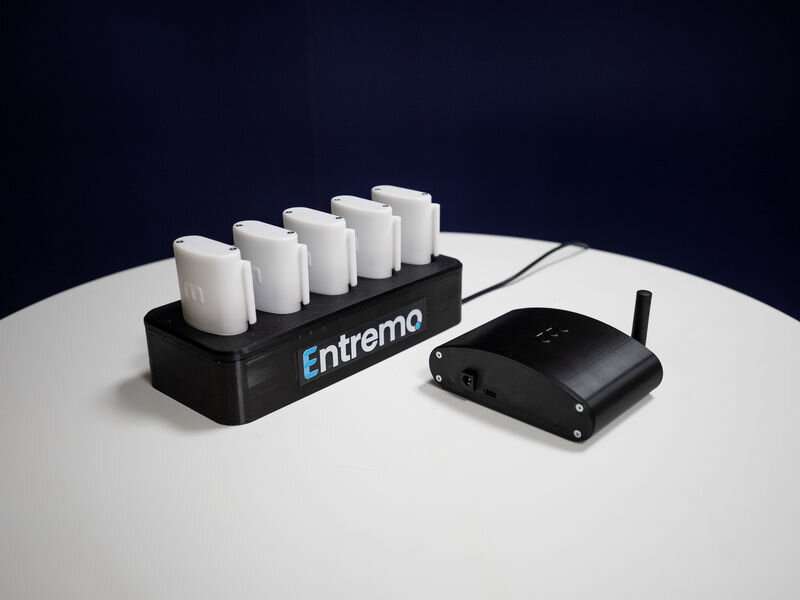Credit: Aalto University
How can we improve the monitoring of patient vital signs when hospitals are full of COVID-19 patients? An international group of students, whose award-winning innovation led to establishing a company, has the solution.
"We noticed that the patient monitoring processes in hospitals are inefficient. They also lack digital solutions and generate unnecessary manual and administrative tasks for the overworked nurses and doctors." says Miklós Knebel.
Knebel and Péter Dános participated in a project run by EIT Digital Master School in which students designed a new type of medical device for monitoring patient vital signs. The device consists of a 3D-printed wristband that can remotely monitor patients' vital signs, such as body temperature, oxygen saturation, pulse, and respiratory rate.
This device utilizes IoT technology to quickly and securely send the patients' data to a medical software platform. This allows multiple patients to be followed simultaneously, increasing time efficiency for medical staff.
The device reports problems in real-time
One benefit of the remote monitoring device over traditional manual monitoring of patient vitals is that medical staff can immediately notice changes in a patient's condition and act accordingly.
Credit: Aalto University
"As an example, the increase in a patient's temperature is usually the first indicator of an infection, but respiratory and other acute issues can also be immediately noticed with Entremo's system. Time is often of the essence in health care—so the quicker a change in a patient's condition is noticed, the fewer complications that will occur," says Knébel.
It is especially beneficial for monitoring patients with COVID-19 as it does not require close contact between medical staff and the patient. The device is also helpful in the care of patients with other respiratory diseases.
The Entremo team is using the EIT Digital investment to develop their minimal viable product. According to Knébel, there is still a critical phase left: testing and validation with patients on a broader scale.
This spring, the device is being tested in nursing homes and hospitals in Hungary.
"We have high hopes, but we still need external feedback on what should be changed or improved. We developed this solution based on consultations with health care workers and other professionals to be a useful tool in a hospital setting. However, we will only know if we have succeeded when it is validated in practice." says Dános.
Provided by Aalto University
























